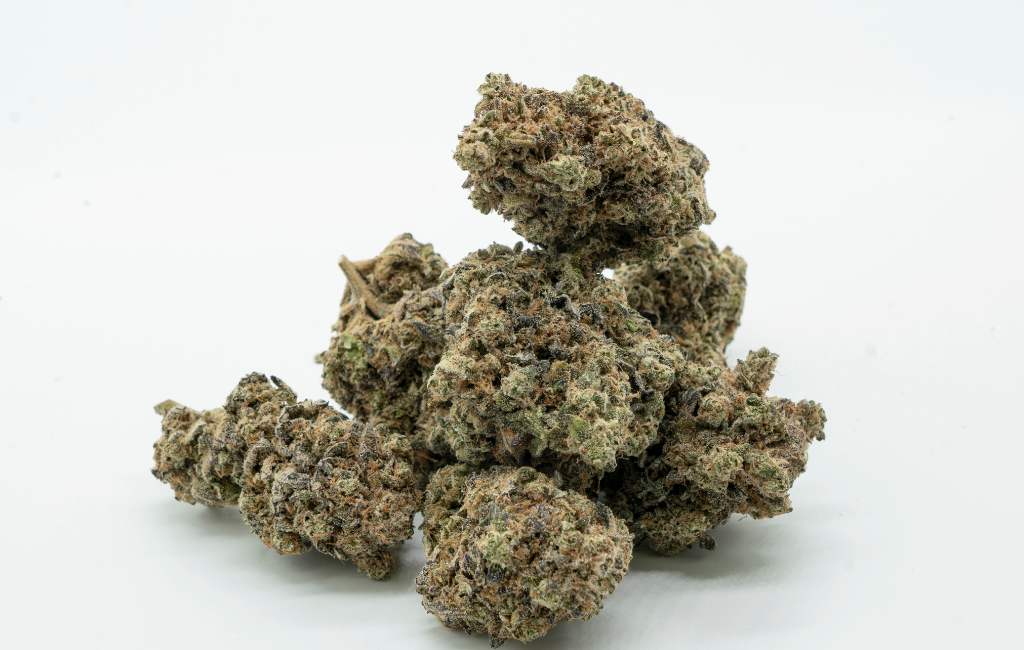The use of cannabis for pain relief has gained significant attention in recent years. As more individuals seek natural alternatives to traditional pain medications, cannabis emerges as a promising option. This article explores the potential of cannabis as a remedy for pain, examining its benefits, challenges, and the science behind its efficacy.
Understanding Cannabis and Its Components
Cannabis, a plant with a rich history, contains numerous compounds known as cannabinoids. The two most well-known cannabinoids are tetrahydrocannabinol (THC) and cannabidiol (CBD). Each of these compounds interacts with the body’s endocannabinoid system, which plays a role in regulating pain, mood, and other physiological functions.
THC: The Psychoactive Component
THC is the primary psychoactive compound in cannabis, responsible for the “high” associated with its use. Beyond its psychoactive effects, THC has been found to have analgesic properties, making it effective in managing pain. Research suggests that THC can alter pain perception and reduce inflammation, providing relief for various types of pain.
CBD: The Non-Psychoactive Component
CBD, on the other hand, does not produce a high. It has gained popularity for its potential therapeutic benefits, including pain relief. Studies indicate that CBD may help reduce chronic pain by influencing endocannabinoid receptor activity, decreasing inflammation, and interacting with neurotransmitters.
The Science Behind Cannabis for Pain Relief
Research into cannabis for pain relief is ongoing, with numerous studies highlighting its potential benefits. A 2018 review published in the Journal of Pain Research found that cannabinoids can be effective in treating chronic pain conditions, such as neuropathic pain, fibromyalgia, and rheumatoid arthritis.
Mechanisms of Action
Cannabis interacts with the body’s endocannabinoid system, which consists of receptors, endocannabinoids, and enzymes. This system plays a crucial role in maintaining homeostasis, including pain regulation. Cannabinoids like THC and CBD bind to receptors in the brain and immune system, modulating pain signals and reducing inflammation.
Clinical Studies and Evidence
- A study published in the European Journal of Internal Medicine in 2018 reported that medical cannabis significantly reduced pain levels in patients with chronic pain conditions.
- Another study in the Journal of Pain in 2015 found that vaporized cannabis provided significant pain relief for patients with neuropathic pain.
- Research in the Journal of Clinical Rheumatology in 2020 highlighted the potential of CBD in managing pain and improving sleep quality in patients with fibromyalgia.
Benefits of Using Cannabis for Pain Relief
Cannabis offers several advantages over traditional pain medications, making it an attractive option for many individuals seeking relief.
Reduced Dependency on Opioids
Opioid addiction is a significant concern in pain management. Cannabis presents a safer alternative, with studies indicating that it can reduce the need for opioids in patients with chronic pain. A 2019 study in the Journal of Psychoactive Drugs found that patients using medical cannabis reported a 64% reduction in opioid use.
Fewer Side Effects
Traditional pain medications often come with a range of side effects, including gastrointestinal issues, dizziness, and risk of addiction. Cannabis, particularly CBD, is generally well-tolerated, with fewer adverse effects. Common side effects include dry mouth, fatigue, and changes in appetite, which are typically mild.
Versatility in Administration
Cannabis can be consumed in various forms, offering flexibility for patients. Options include smoking, vaporizing, edibles, tinctures, and topical applications. This versatility allows individuals to choose a method that best suits their needs and preferences.
Challenges and Considerations
Despite its potential benefits, the use of cannabis for pain relief is not without challenges. Legal, regulatory, and individual factors must be considered when exploring cannabis as a treatment option.
Legal and Regulatory Hurdles
The legal status of cannabis varies widely across regions, affecting accessibility for patients. While some areas have legalized medical cannabis, others maintain strict regulations. This patchwork of laws can create barriers for individuals seeking cannabis for pain management.
Individual Variability
Responses to cannabis can vary significantly among individuals. Factors such as genetics, tolerance, and the specific pain condition can influence the effectiveness of cannabis as a treatment. Personalized approaches and careful monitoring are essential to optimize outcomes.
Case Studies: Real-World Applications
Several case studies illustrate the potential of cannabis in managing pain effectively.
Case Study 1: Neuropathic Pain
A 45-year-old patient with neuropathic pain due to multiple sclerosis reported significant pain reduction after incorporating cannabis into their treatment regimen. The patient experienced improved mobility and a decrease in reliance on traditional pain medications.
Case Study 2: Arthritis
An elderly patient with rheumatoid arthritis found relief through CBD oil, reporting reduced joint pain and improved sleep quality. The patient appreciated the non-psychoactive nature of CBD, allowing them to maintain daily activities without impairment.
Conclusion
Cannabis presents a promising option for pain relief, offering potential benefits such as reduced opioid dependency, fewer side effects, and versatile administration methods. While challenges exist, ongoing research and real-world applications continue to highlight its efficacy. As the legal landscape evolves and more studies emerge, cannabis may become an increasingly viable choice for individuals seeking natural pain management solutions.
